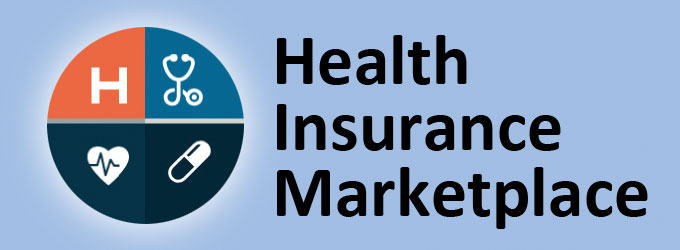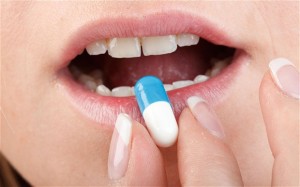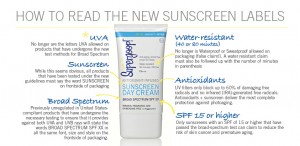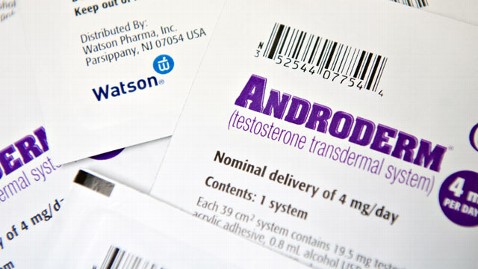Vitamin D Deficiency: A Major Epidemic In the US
Theories connecting vitamin D deficiency to a number of cancers have not only been tested, but established as correct, in over 250 epidemiological studies. A grasping of its foundation from a physiological standpoint has stemmed from over two thousand lab studies, as stated by doctor Ced Garland, who is also a professor at the medicinal department of UCSD. Presented below are a few of the salient points that establish the need for greater vitamin D intake:
- Some 610,000 instances of breast & colon cancers could have been stopped every year had vitamin D levels been upped world-wide. This is only taking account of the number of deaths for 2 kinds of cancer!
- When you optimize vitamin D levels, that can actually help you to stop at least a whopping sixteen different kinds of cancer, some of which include: cancer of the pancrease, the lungs, the ovaries, the prostate, and skin cancers.
- A massive study on vitamin D & cancer indicated that vitamin D can slash one’s risk of getting cancer by up to 60%! When this came out, it became such groundbreaking news that the Canadian Cancer Society had actually told everyone that taking more vitamin D was the cure for cancer.
- According to the Mercola archives, Doctor Bill Grant’s study showed that close to 30% of cancer-related deaths – which amounts to 2,000,000 all over the world and 235,000 in America – could be stopped every single year with greater vitamin D intake.
- It can cause cells with some sort of a mutation to self-destruct
- Reduce the spread & reproduction of cancer cells
- Cause cells the unhealthy cells to actually begin to appear different from the healthy noes (a great many cancer cells are hard to spot out, because they don’t look abnormal)
- Reduce the growth of newer blood vessels from ones that already exist – a step in the transition of dormant tumors that turn malignant
According to the Mercola archives, Vitamin D protects against cancer in a great many ways:
Getting past cancer, researchers have pointed out that increasing levels of vitamin D3 could prevent other chronic diseases that claim nearly one million lives throughout the world each year! Vitamin D also fights colds and the flu, as it modulates and improves the expression of genes that foment your immune system to defeat deadly pathogens. In fact, it is very rare for someone with optimized vitamin D levels to come down with the flu.
A Great Many Are Vitamin D Deficient
In winter time in the US, the typical vitamin D levels is only at about 15-18 ng/ml, an extremely serious deficiency state. Additionally, it is thought more than a whopping 95 percent of senior citizens in America may be vitamin D deficient. That’s not the only whopping statistic: 85 percent of the American public is considered vitamin D deficient as well! Further, the Mercola archives claim that:
- Being deficient in vitamn D is a major problem in adults, young or old, with darker skin, like folks whose progenitors are Africans, the Middle Easterners, or Indians, who constantly wear sunscreen, or who don’t partake in very many outdoor activities.
- Black people and other people with darker skin, and also the folks residing in northern latitudes make much less vitamin D than other groups.
- Sixty-five percent of people with type-2 diabetes have vitamin D deficiency.
- Studies made clear that very low levels of vitamin D has become an epidemic among young kids, the old, and vast majority of the female population.
- A study done in America revealed that almost one in two black women of fourteen and up may have a vitamin D deficiency.








